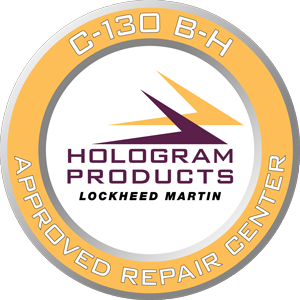Valves
The precise repair processes will vary depending on the type of valve being fixed and the specific problems it is facing. However, the following are some general steps that are frequently engaged in the process:
1. Fault Diagnosis:
Identifying the problem is the first step in any repair. Physical inspections, system tests, and log analysis may be required. Leaks, obstructions, and operational failures are all common problems with valves.
2. Disassembly:
After removing the valve, it may be necessary to disassemble it for additional inspection and repair. This may necessitate the use of specific tools and skills, particularly for complex valves.
3. Cleaning:
The valve components are normally extensively cleaned after they have been disassembled. This can aid in the removal of any dirt, debris, or other contaminants that may be causing or contributing to the valve’s problems.
4. Inspection:
The valve components are extensively inspected after cleaning. Visual inspections, part measurement to check for wear, and possibly non-destructive testing procedures such as ultrasonic testing or magnetic particle inspection can all be part of this.
5. Repair or Replacement:
As needed, any broken or worn parts are repaired or replaced. This could include machining new parts, applying special coatings or treatments, or just replacing old ones.
6. Reassembly:
Carefully reassemble the valve. It is critical to follow any relevant processes or guidelines to ensure the valve is correctly and securely assembled.
7. Testing:
The repaired valve is often tested to ensure proper operation. Pressure testing, flow testing, and other suitable tests may be required. To check the valve’s performance under actual conditions, it may also be evaluated in a simulated operating environment.
8. Reinstallation:
If all tests pass, the valve is reinstalled in the aircraft. This must be done with caution to avoid causing damage, and all connections and fastenings must be checked to ensure they are secure.
9. Post-Repair inspections:
After the valve has been restored, additional inspections and tests are normally undertaken to confirm it is functioning properly in context. This could include system tests, test flights, or other checks as needed.
All of these actions are carried out in accordance with the aircraft manufacturer’s and aviation authorities such as the Federal Aviation Administration (FAA) in the United States.




